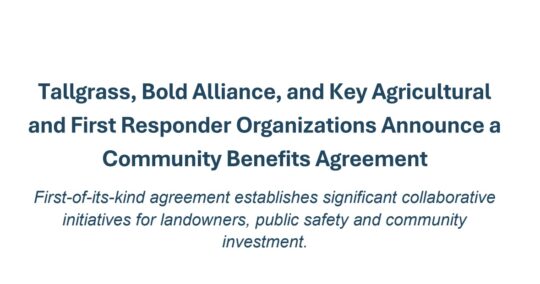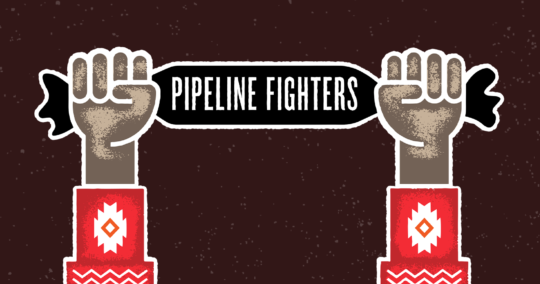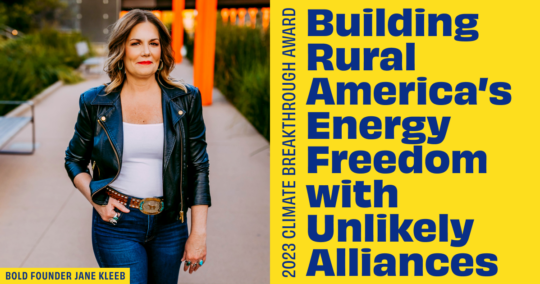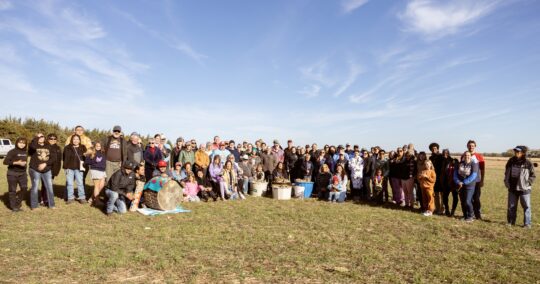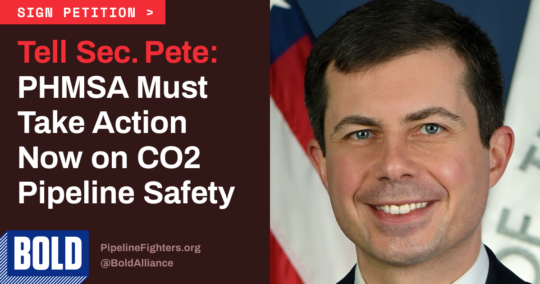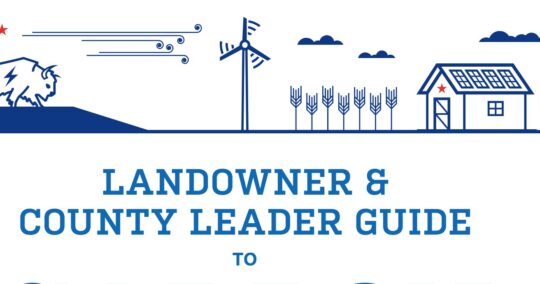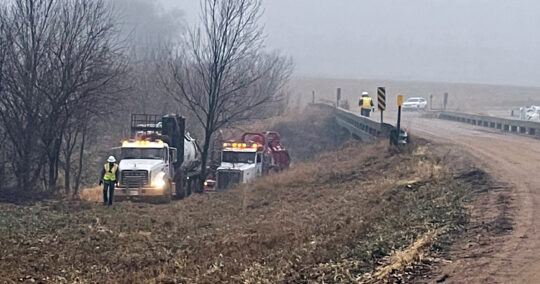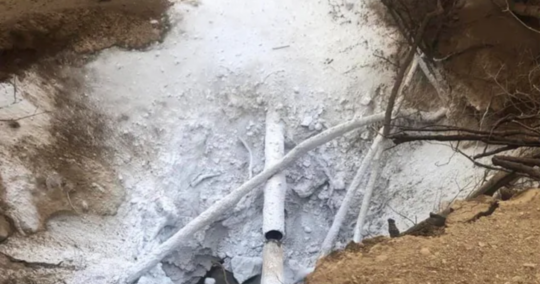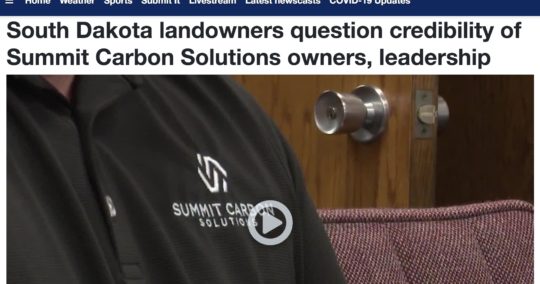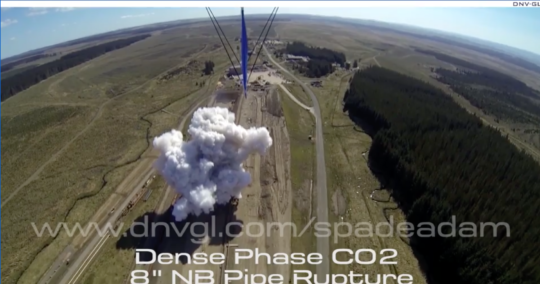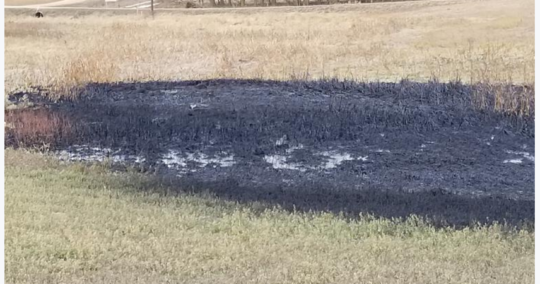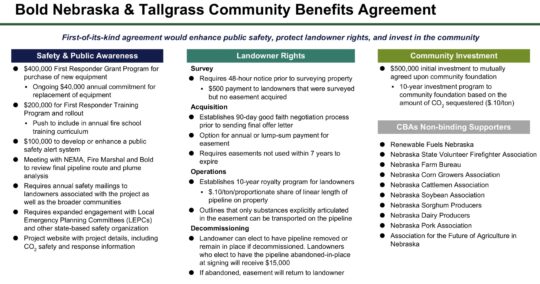

Memorandum
January 15, 2015
To: Reporters, Columnists, and Editorial Boards
From: Natural Resources Defense Council, Sierra Club, 350.org, Oil Change International, Bold Nebraska, Center for Biological Diversity, Rainforest Action Network, National Wildlife Federation, Indigenous Environmental Network, and Wica Agli
Re: The Facts about Keystone XL’s Climate Impact
___________________________________________________________________
As the Senate debates amendments to legislation that would force approval of the controversial Keystone XL tar sands pipeline, which President Obama has already committed to veto, it has become conventional wisdom among many observers and pundits that the debate over the pipeline is now purely symbolic. The impacts of the proposed pipeline are overblown by both sides, they argue, with Republicans inflating the number of jobs the pipeline would create on one side and Democrats overplaying its potential environmental impact on the other.
The idea that Keystone XL’s impact on the climate would be negligible is based on the assertion made in the State Department’s flawed environmental analysis from early last year, that Canadian tar sands will come out of the ground regardless of whether or not this project goes forward. But the facts tell a different story. Recent market analysis shows that, as Canadian government and industry officials have been saying for years, building Keystone XL is a necessary part of unlocking tar sands expansion and the carbon emissions they would release, now more than ever.
- Top oil industry officials and analysts have said that Keystone XL is critically important to expansion of the tar sands: Canada is currently producing a little over 2 million barrels a day of tar sands oil but they would like to nearly triple that by 2030 (see CAPP, pg. 40). The oil industry and Canadian officials have made it no secret that Keystone XL is critical for this expansion to proceed. Even Governor Chris Christie weighed in recently saying that Keystone XL, “[B]y limiting the ability of increased production from the Canadian oil sands to get to market, it stunts production. It risks stunting growth as well.”
- The high average oil prices assumed in the State Department review’s reference scenario are no more and oil prices are expected to stay low for some time: Current low oil prices mean a significant shift in the ability of the tar sands industry to be profitable in the absence of cheap pipeline infrastructure. The State Department’s Final Environmental Impact Statement acknowledges that, in a scenario where oil falls below $75 per barrel, “oil sands production is expected to be most sensitive to increased transport costs,” and that under these circumstances, Keystone XL “could have a substantial impact on oil sands production levels,” and therefore on the climate (See State’s FEIS, Market Analysis, 1.4.5.2). The Energy Information Administration has slashed its estimates for oil prices and Futures markets predict oil prices will be lower than $75/barrel oil through 2022.
- Other pipelines that were planned to supplement, not replace, Keystone XL are not moving forward: In order to reach their production goals, the industry will need not only Keystone XL but other pipelines to Canada’s west (Gateway and Kinder Morgan) and east (Energy East) coasts as well as expanding current pipelines (Alberta Clipper). While the State Department concedes that the Gateway pipeline will likely not be approved due to local opposition, other pipelines are facing similar, significant opposition.
- Rail is not turning out to be the viable alternative that the State Department assumed it would be: Much of the State Department review is dedicated to showing that rail would replace Keystone XL. The State Department relied on data that predicted that, by the end of 2013, 200,000 barrels/day of tar sands oil would be transported by rail to the Gulf. Due to the high cost of rail and safety concerns, less than 50,000 barrels/day are actually reaching the Gulf today. According to industry statistics, rail is considerably more expensive than the pipeline would be. A train terminal in Alberta–which was featured as evidence of a tar-sands-by-rail future–has now gone into bankruptcy.
- Growth in the tar sands has been adjusted down since the State Department analysis was released: In June of last year, the Canadian Association of Petroleum Producers downgraded their expectations for growth by over 400,000 bpd. This is because new projects are slowing in the tar sands. The oil industry explains this has mainly been due to a combination of rising production costs and lack of access to markets (i.e. lack of new pipeline infrastructure). Citingpipeline constraints, Norway’s StatOil, France’s Total, and Shell have shelved over 400,000 bpd of big tar sands expansion projects in the last year, and this was before oil prices fell. Now other large projects have been shelved or are starting to sputter due to a perfect storm of rising costs, low oil prices, and pipeline bottlenecks, with over $30 billion in lost revenues to date, much of that loss attributable to delays driven by citizen protest. This trend is accelerating – in the last few weeks alone, over half a million bpd of additional tar sands expansion projects were deferred.
Together these points make it crystal clear that tar sands expansion is far from inevitable, and that the construction of Keystone XL would be throwing a lifeline to an industry already struggling in the current market. According to new research published last week in the journal Nature, in order to stay within the two degree Celsius warming scenario the international community has committed to in order to combat the climate crisis, nearly all of Canada’s tar sands will need to stay in the ground. Given these findings, and the mounting evidence that Keystone XL is the linchpin for greater exploitation of the tar sands, it is clear that the debate over Keystone XL’s environmental impact is far from symbolic.
For more information, contact:
Jake Thompson, jthompson@nrdc.org, 202-289-2387
Mark Westlund, mark.westlund@sierraclub.org, 415-977-5719
David Turnbull, david@priceofoil.org, 202-316-3499
Karthik Ganapathy, karthik@350.org, 347-881-3784
Jane Kleeb, jane@boldnebraska.org, 402-705-3622
Claire Sandberg, claire@ran.org, 415-659-0535
Valerie Love, vlove@biologicaldiversity.org, 510-274-9713
Miles Grant, GrantM@NWF.org, 703-864-9599
Dallas Goldtooth, goldtoothdallas@gmail.com, 507-412-7609
Aldo Seoane, aldoseoane@gmail.com, 605-319-8151

